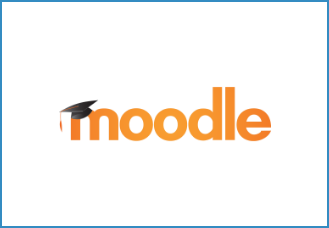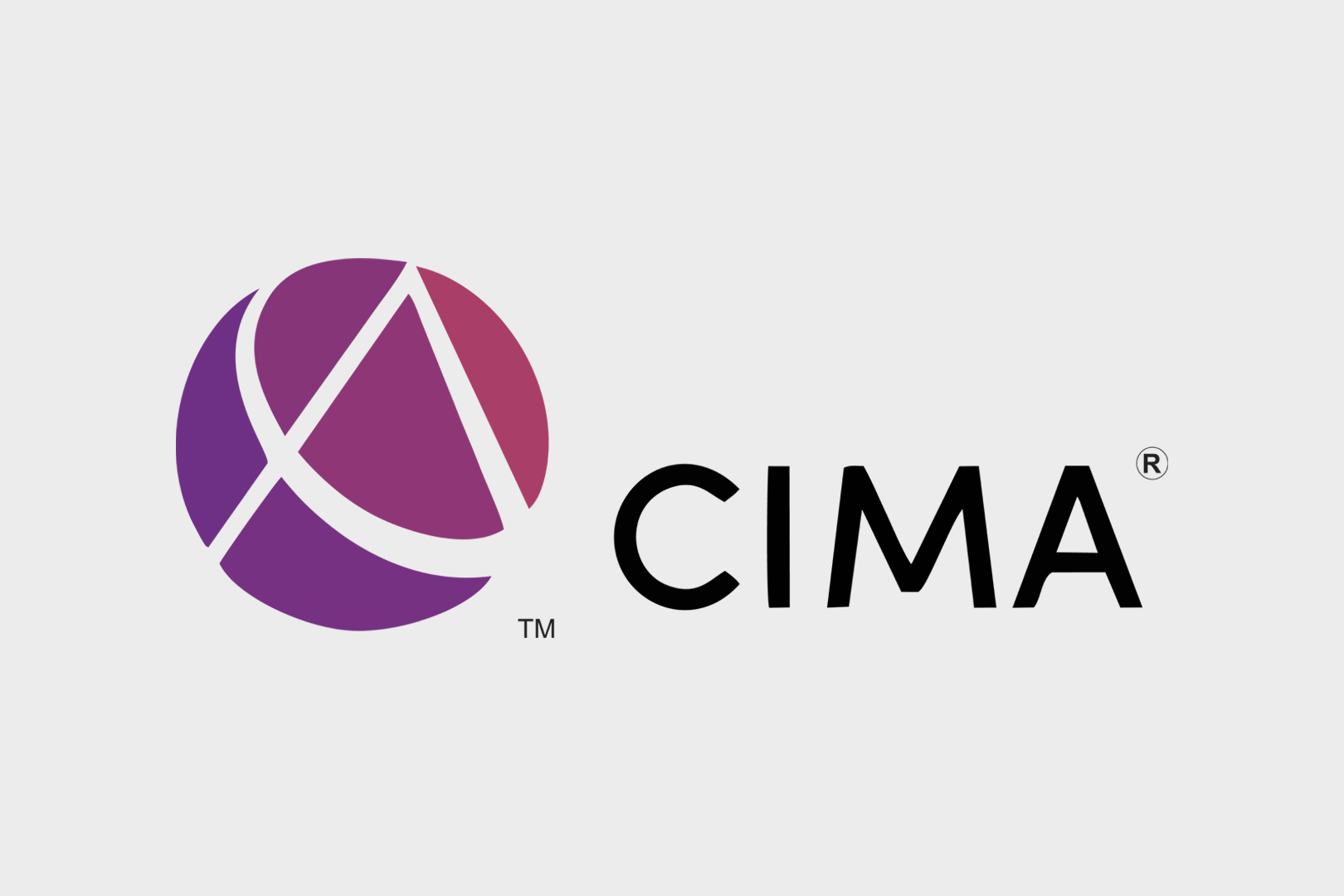CIMA qualified students can work anywhere in the world. The skills gained after qualifying CIMA enables one to work in both public and private sector. Specifically, CIMA equips graduates with financial skills suitable for: Manufac-turing and Financial services industries, Consulting and Entrepreneurship.
This is an internationally recognized qualification which will allow you to work anywhere in the world. The CIMA qualification is also recognized by the UK’s Home Office department as a scarce skill. This means that with a CIMA qualification, it is easy for professionals to migrate and work in United Kingdom..
To start CIMA courses, you must first register with CIMA as a CIMA student: http://www.cimaglobal.com/Students/registration. The entry requirements for our courses are as follows:
CIMA - Certificate in Business Accounting (CBA)
BGCSE/IGCSE/A Levels
A minimum of 34 points or 14 points in any of the following combinations: Maths/English, Maths/Commerce, Accounting/English, Accounting/Commerce
Progression
AAT Graduates/CBA/ Accounting Degree/BCom
Operational level
Successful completion of AAT, Bachelors of Accountancy Degree Exemption from CIMA-Certificate in Business Accounting
Management level
Successful completion of operational level
Strategic Level
Successful completion of managerial level. Exemption from Managerial level.
It is divided into four (4) parts as follows:
1. Certificate Level
2. Operational Level
3. Management Level
4. Strategic Level
To complete the course, one must have passed or be exempted on subjects contained at each level. Refer to the CIMA website: www.cimaglogal.com for information on exemption procedures. We offer all CIMA papers at all levels as follows:
Certificate Level
There are a total of five papers at certificate stage as follows: |
i. Fundamentals of Business Economics (BA1) |
ii. Fundamentals of Management Accounting (BA2) |
| iii. Fundamentals of Financial Accounting (BA3)s |
iv. Fundamentals of ethics, Government and Business law (BA4) |
| MAIN STREAM |
| 1. Operational level |
i. E1= Organization management |
ii. P1= Management accounting |
| iii. F1= Financial reporting and taxation |
iv. Operational level case study |
| 2. Management level |
i. E2= Project and relationship management |
ii. P2= Advanced Management accounting |
| iii. F2= Advanced financial reporting |
iv. Management level case study |
| 3. Strategic level |
i. E3= Strategic management |
ii. P3= Risk management |
| iii. F3= Financial strategy |
iv. Strategic level case study |
v. Refer to CIMA website for details of the syllabus: www.cimaglobal.com/syllabus |
1. Operational Level
2. Management Level
3. Strategic Level
BAC employs 3 strategies for delivering the CIMA programme. These learning strategies are meant to be interactive. The strategies includes:
i. Learner centred approach
ii. Question-based learning
iii. Scenario based learning
The learning process is divided into two phases: The first phase is syllabus coverage where the lecturer present materials based on the syllabus. This is followed by revision courses.
CIMA courses are offered at both full-time and part-time (evening from 5.30pm to 8.30pm)
The role of BAC is to prepare students for CIMA examinations. Processes for tracking and reviewing student’s performance are in place. These include assignments, tests and mocks. There is also a robust quality assurance depart-ment which monitor staff and students performance. BAC provides students with all the resource materials needed to pass exams-textbooks and revision notes.



